I alluded to this in an earlier post: Open Delta three phase service. Some transmitter sites are fairly remote and three-phase power is not available. Occasionally, with lower-powered radio stations, this is acceptable because those transmitters can be configured to run on single-phase power. However, almost any transmitter above five kilowatts or so will require three-phase power. This is the case at the WQBJ transmitter site in Palatine Bridge, NY. The site is located in the middle of farmland and only has single-phase service. The nearest three-phase service is several miles away and the utility company wants several hundred thousand dollars to upgrade the line.
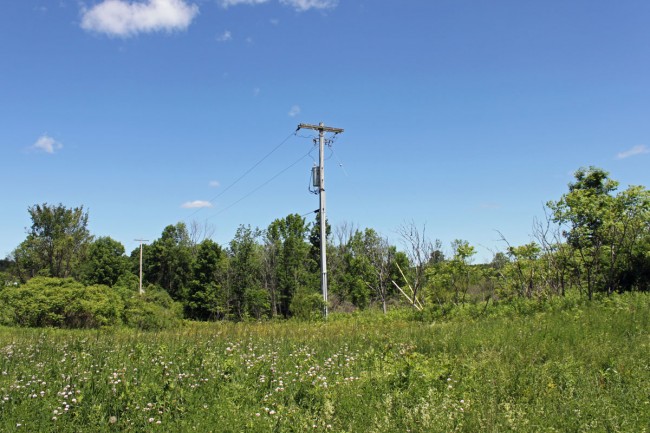
The station is a class B FM with a six-bay full wave-spaced antenna. Even so, the TPO is 17 KW, which makes some type of three-phase service a requirement.
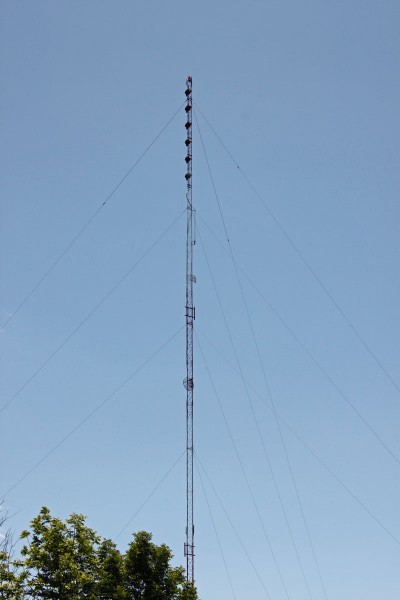
The main transmitter is a Broadcast Electronics FM30B, which is now 25 years old.
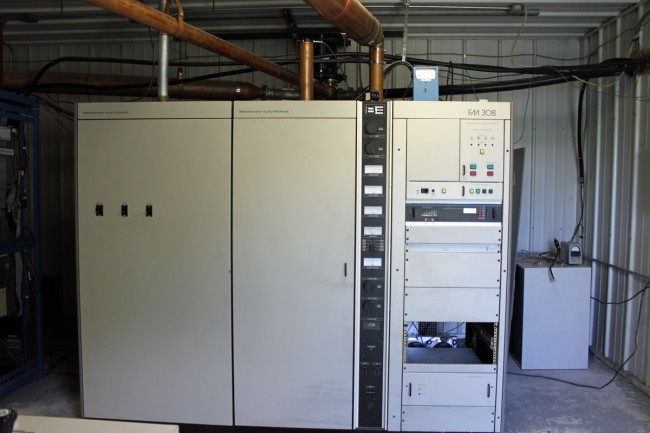
The backup transmitter is a CSI FM20T, which is almost forty years old.
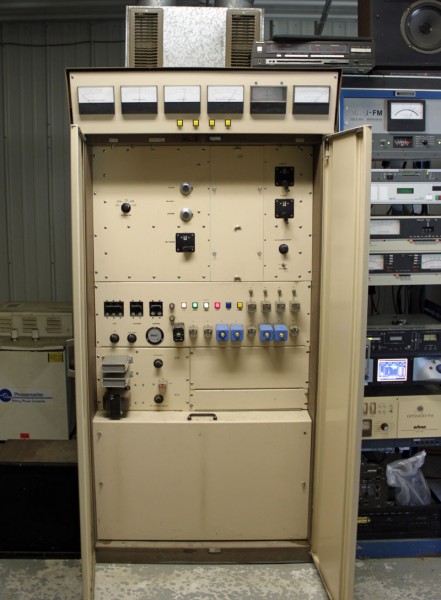
Rather than do an open delta service, which is not desirable for several reasons, both transmitters have their own rotary phase makers. From a reliability and redundancy standpoint, this is the right way to equip this site. The rotary phase makers are essentially a motor generator combination which takes the split phase power and generates a third phase.
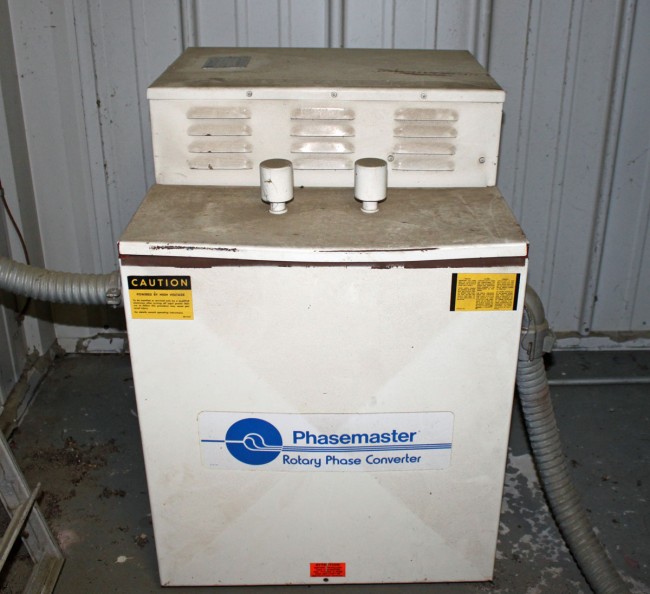
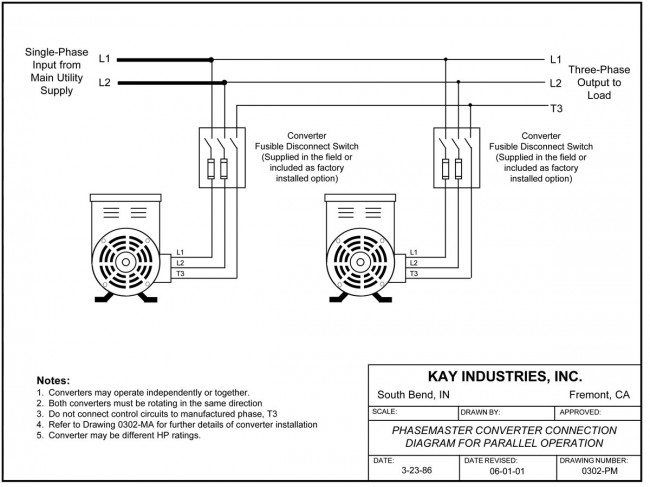
The phasemaster is is a 40 KVA unit and is connected to the backup CSI transmitter
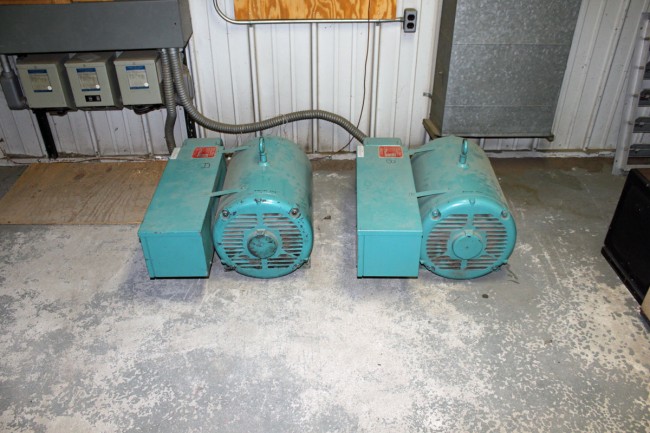
The Roto Phase unit for the main transmitter is actually two 40 KVA units connected in parallel through dry core isolation transformers. Incidentally, the Roto Phase units need to have their bearings changed every ten years or so. This requires the units be disconnected, placed up on their end. To get the old bearing out, the housing has to be cooled with liquid CO2. Both units are due for new bearings soon, which should be a pleasant job indeed.



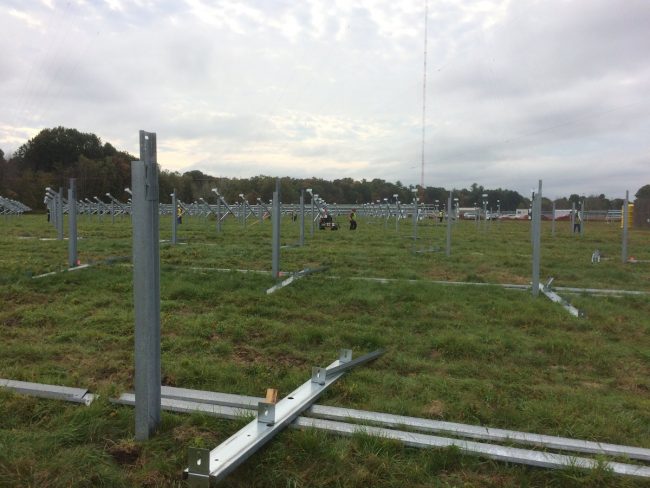

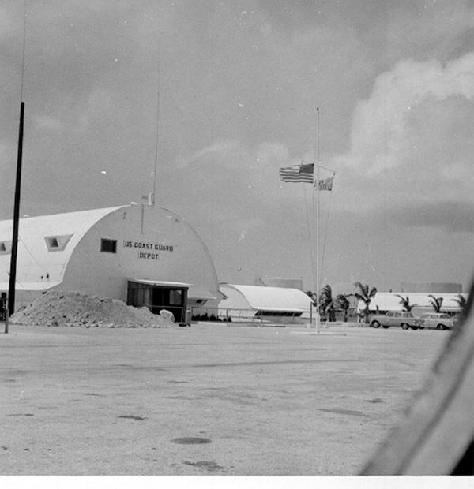
Will WQBK go off air or go on “bypass” with a full power power source?
Hey,you saw that question coming!
What have you convinced them to do,all things considered?
I really have the pleasure of “no impact to services”thinking here and I really live to plan such events.
EL
Have they given you the opportuniy to test that older rig and do you have spare parts for it?
If there’s a difference between that CSI and a CCA 20,000E other than push buttons instead of toggle switches, I’m not seeing it.
I wonder if it has the “fishing line” mod, holding the hash choke up behind the plate ammeter like the CCA’s did?
Elliot, the older CSI rig still runs but CSI is long out of business. These are grounded grid amplifiers which are about as simple as an FM transmitter gets. Most of the parts are off the shelf and available from multiple supply houses. The only non-standard items would be the large transformers and perhaps some of the tuning finger stock. Those may be available from Goodrich enterprises.
Chuck, the CSI and CCA transmitters are almost identical. I will have to check for the fishing line mod next time I am there.
Yeah,a bit like a CCA.
If no tubes low level amps,you’re good to go!
I sure miss Lafeyette shops for those quickie fixes!
The one in Wappinger hung on for years,tube tester and all.
Wow; you actually meant “makes the third phase”, not “240-split-phase motor with a 3-phase generator”.
Does the utility feed you legs A and B of a true threephase service, then, where they would otherwise feed you opposing phased 120/240? And these units fill in phase C?
I’ve never seen this before.
Baylink,
From the electrical service pic, the feed to the site looks like it is single phase, which is then given to the customer as split phase.
One leg of the split phase is fed to L1 on the rotary converter. The other leg is fed to L2 on the rotary converter. The rotary converter can be viewed as a 3 phase motor wired to be connected in a delta. Because it is wired for a delta, it does not care that L1 and L2 are split phase, it just cares that between L1 and L2 is some AC voltage. As the motor spins, it creates a voltage on T3, which would be L3 if there were a L3. The power between L1 and L2 is 120 degrees out of phase from the power between L2 and T3, which is 120 degrees out of phase from the power between T3 and L1. All of that is just a property of a delta wired 3 phase motor.
As long as L1, L2 and T3 are used in a delta, everything is fine and it is nice 3 phase power. As soon as something is connected between T3 and the neutral from the split phase feed, things get messy. The result looks like the wild leg from a high leg delta service. http://en.wikipedia.org/wiki/High_leg_delta
I was looking at a manufacturer page for rotary converters. http://www.phase-a-matic.com/RotaryApplicationNotes.htm To use the output of a rotary converter for a wye load, an isolation transformer is needed. The isolation transformer is needed to take the well behaved delta 3 phase from the rotary converter and make it so a neutral that is the same voltage to all phases is available.
Has anyone looked at VFD’s for providing 3ø power? These are now getting very common & inexpensive..
You’d need a load reactor, but…..